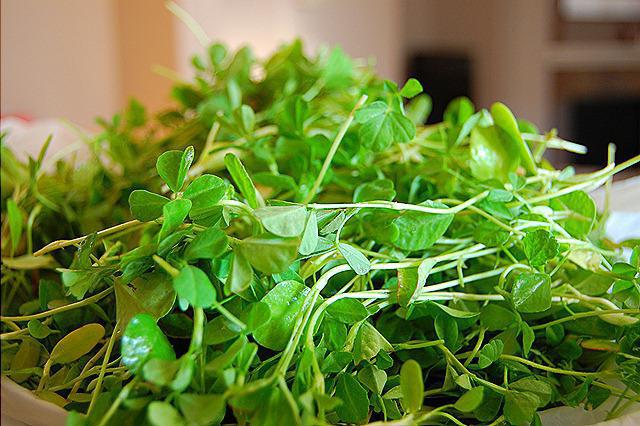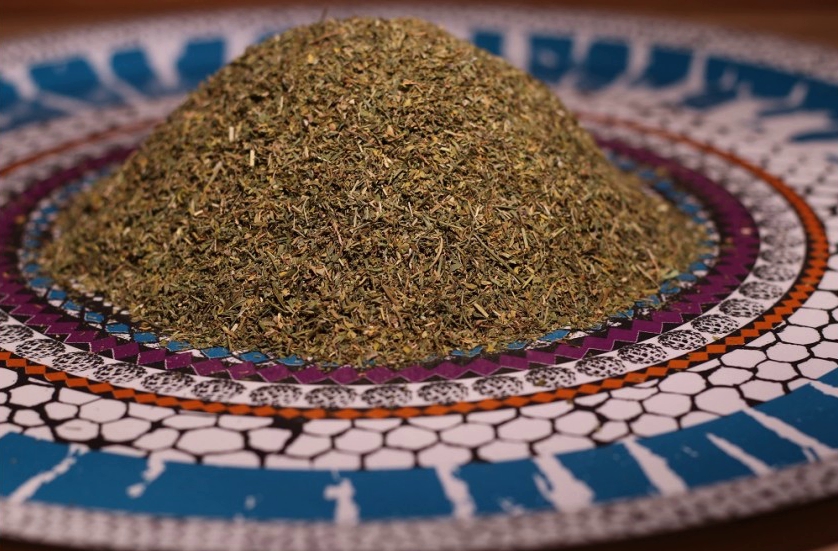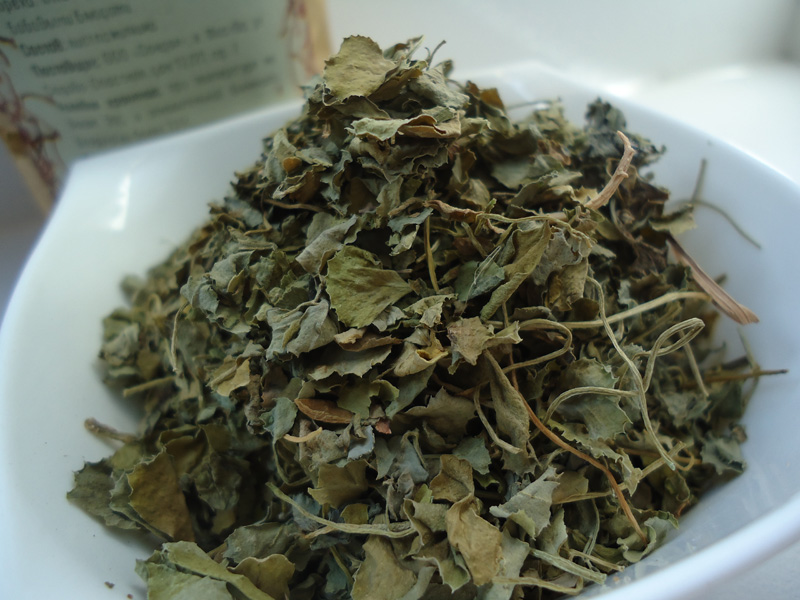Seasoning from Dagestan: medicinal properties and the use of walnut herb
Content
- 1 Description and distribution
- 2 The chemical composition of nut grass
- 3 Useful and medicinal properties of satiety
- 4 General rules for the collection and procurement of raw materials
- 5 Application in traditional medicine
- 6 Video "Layered bread with nut grass"
- 7 Walnut herb in cooking
- 8 Possible harm and contraindications
Description and distribution
Hazelnut grass has other names - sat, cyperus. However, the most popular reflects the main characteristic feature of the plant - a rich nutty flavor. A spicy herbal spice not only sets off the taste of muffins, meat and vegetable dishes, but is also successfully used in cosmetology and medicine.

The light-loving and thermophilic plant prefers moist places and sandy soils. The natural location for the growth of feed is the countries of Central Asia, Central Africa and South America. In Russia, the herb is widespread in the Caucasus and the Kuban.
There are a lot of varieties of walnut grass - more than 600 species. Among them are the edible food and the papyrus papyrus, from which papyrus was made in ancient times.
Depending on the climatic characteristics of the region, the height of the grass ranges from 15 to 30 cm. The roots of the plant are collected in a neat tuber, they are powerful and well developed. The stems are slender but strong. Umbrella inflorescence consists of rays of different lengths, perianths are absent, flowers of both sexes.
The leaves are located at the base and may be higher than the inflorescence. The spikelet is even and long, narrow, sharp, dirty red in color. During the season, only one very small fruit appears on the grass, similar to a triangular nut of steel color.
Cyperus propagates by seeds, cuttings and dividing the bush.
The chemical composition of nut grass
An unremarkable plant that is often mistaken for an ordinary weed, it has a rich chemical composition. It is the variety of useful substances that determine the various useful properties of the feed. Cyperus' unique chemical composition includes:
- a small amount of essential oils, which, however, are clearly distinguishable in aroma and taste;
- terpenoids, flavonoids, tannins;
- fatty acid;
- sesquiterpenes;
- ascorbic acid;
- wax;
- minerals: magnesium, selenium, zinc, iron.
Useful and medicinal properties of satiety
The syrup has antibacterial, analgesic, insecticidal and anthelmintic properties. The diaphoretic and antipyretic properties help to cope with fever. Cyperus oil is used to kill bacterial and fungal strains. Also, the herb has soothing and pain-relieving effects that allow you to overcome insomnia and depression, relieve menstrual pain. Hazelnut herb is often used in the treatment of gynecological problems.

Tsiperus helps to cope with various gastrointestinal problems, in particular gastritis, ulcers, dysentery.
Hazelnut herb is a powerful aphrodisiac, increasing libido and stimulating blood flow to the genitals.
General rules for the collection and procurement of raw materials
For medicinal and culinary purposes, the herb tubers are harvested. You can collect feed at any time, but it is recommended to do this in early autumn or spring. To preserve all the useful properties, it is necessary to properly dry the raw material. To do this, the tubers must be carefully dug up, removed from soil residues and rinsed well under running water.
After cleaning, the grass is laid out on cloth or paper sheets in one layer. Drying should be done in a shaded, warm place (eg under a canopy) or in a well-ventilated dry area.
The finished product is crushed and stored in glass or tin containers. The shelf life is 2 years.
Application in traditional medicine
The rich chemical composition of nut grass has been used for a long time. Healing oils and decoctions were not only prepared from the feed, but they were regularly eaten for preventive purposes.
To strengthen the immune system
Cyperus is a powerful immunomodulator. Regular use of herbal decoctions and tinctures increases the body's resistance, improves metabolism. Antioxidants slow down the aging process of the body and have a preventive effect on the formation of malignant neoplasms.

For the treatment of ARVI, influenza and colds
The anti-inflammatory and expectorant effect of cyperus helps to overcome diseases of the respiratory system, colds and respiratory viral infections. Diaphoretic and diuretic effects help neutralize fever and lower fever, as well as improve metabolic processes.
For the treatment of gastrointestinal diseases
Minerals not only promote blood production and treat anemia, but also help to cope with gastritis, ulcers, dysbiosis, colic and Escherichia coli. Walnut herb stimulates the processes of strengthening the intestinal walls and the process of high-quality and fast digestion of food by the stomach.
For the treatment of gynecological diseases
Tsiperus effectively copes with stagnation of menstrual blood, inflammation of the uterine lining. The broth helps to normalize the menstrual cycle, and douching with tincture helps to eliminate thrush.
For the healing of scars and scars
The anti-inflammatory and wound healing effect of the plant is often used to treat skin pathologies, eczema and psoriasis. The oil promotes healing of wounds, resorption of scars, neutralization of fungal infections.
Video "Layered bread with nut grass"
This video shows a culinary master class in making puff bread using aromatic seasoning.
Walnut herb in cooking
In the Caucasian republics, nut grass is one of the most popular spices. Also, not only medicinal decoctions are prepared from raw food, but also culinary drinks.
As a spice and spice
In Dagestan and Chechnya, the most popular national dough dishes are prepared using herbs. It is added to the dough for khinkal, flat cakes and wonderful flaky bread. As a seasoning, cyperus is added to hot meat dishes and vegetable stews.
Recently, warm salads have also become more popular, in which a little nut grass is also added, which gives a spicy shade to the warm components.
- Dagestan puff bread
- Flavored Rice with Walnut Grass
- Dagestan khinkal with spices
For preparing drinks
A wonderful hot drink similar to cocoa is prepared from roasted tubers of nut grass.It can be a great healthy coffee substitute. In Spain, the national drink horchata is prepared from cyperus. It is very easy to prepare and has a specific pleasant taste.
Possible harm and contraindications
However, you should be careful when using nut grass. It has a number of contraindications and can harm your health:
- is prohibited for the treatment of pregnant women, lactating women and children;
- only after consultation with a doctor is allowed for people prone to allergies (with individual intolerance, use is excluded);
- only on the recommendation of a doctor for pathologies of the liver, kidneys, organs of the cardiovascular system.
The original spice is worth trying when preparing food. However, one should not forget about the possible harm to the body, therefore it is better to use walnut herb in small doses and infrequently.



